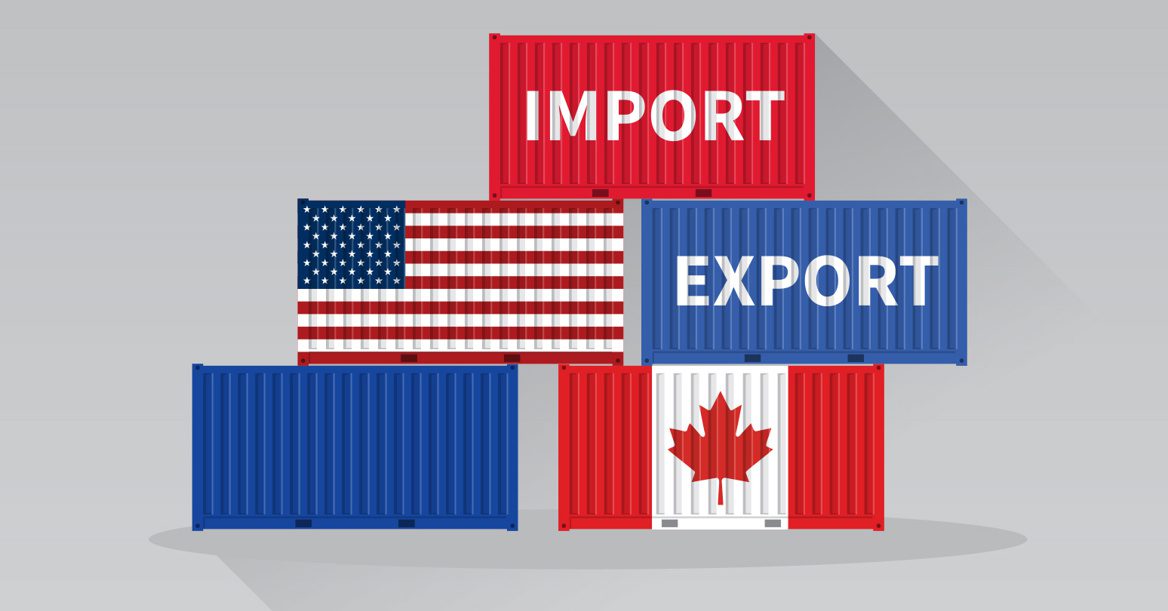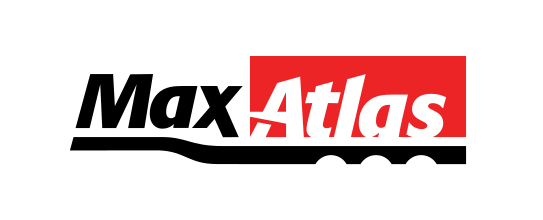
How U.S. Tariffs Are Reshaping the Cross-Border Supply Chain
The trucking and logistics industry has long been the backbone of North American trade, facilitating the seamless movement of goods between Canada, the United States, and Mexico. However, the imposition of new tariffs by the U.S. government has sent shockwaves through the industry, creating ripple effects that threaten to disrupt supply chains and increase operational costs for businesses on both sides of the border.
Understanding the Tariff Impact on Logistics
The latest round of U.S. tariffs has targeted key commodities, including steel, aluminum, and manufactured goods, many of which are essential for the transportation sector. This has resulted in increased costs for vehicle maintenance, trailer manufacturing, and replacement parts. Additionally, consumer goods transported by truck—ranging from food products to electronics—are experiencing higher tariffs, leading to increased costs for manufacturers, retailers, and ultimately consumers.
Key Challenges Faced by the Trucking Industry
- Increased Costs & Surcharges: With raw materials like steel and aluminum facing tariffs of up to 25%, trucking companies are forced to deal with rising costs for vehicle production, repairs, and maintenance.
- Border Delays & Compliance Issues: Tighter customs regulations and additional inspections at U.S. entry points have slowed down the movement of goods, reducing efficiency and increasing fuel and labor expenses.
- Disruptions to Just-in-Time (JIT) Logistics: Many North American industries rely on JIT supply chain models, where goods are delivered precisely when needed. Tariffs and border slowdowns are disrupting this delicate balance, forcing businesses to reassess their logistics strategies.
Navigating the Road Ahead
Trucking companies must adapt by:
- Exploring Alternative Trade Routes: Some businesses are looking at shifting imports through ports that have fewer tariff restrictions.
- Optimizing Logistics & Fleet Management: Investing in technology such as AI-driven route optimization and predictive maintenance can help offset higher costs.
- Lobbying for Policy Adjustments: Industry groups and trade organizations are actively engaging with policymakers to negotiate exemptions for critical transportation-related goods.
As the landscape of North American trade continues to shift, trucking companies must remain agile, finding new ways to navigate the complexities of tariffs and trade policies while ensuring the uninterrupted flow of goods.
Comment (1)
Post A Comment
Stay ahead in a rapidly world. Subscribe to Prysm Insights,our monthly look at the critical issues facing global business.







najlepsí binance odkazov'y kód
November 11, 2025 at 10:14 amThank you for your sharing. I am worried that I lack creative ideas. It is your article that makes me full of hope. Thank you. But, I have a question, can you help me? https://accounts.binance.com/ph/register?ref=IU36GZC4